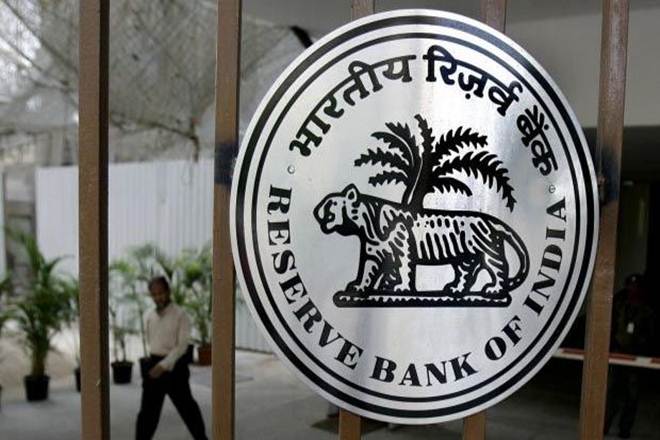Crisis gives India the Chance to Clean Up its Shadow Banking Sector

Further to your report “India’s shadow banking crisis sparks credit crunch” (FT.com, July 3): even more worrisome is the danger of the ongoing liquidity squeeze in the shadow banking sector turning into a more serious solvency issue. Several liquidity-starved shadow banks have already initiated the sale of loan portfolios and assets to meet repayment obligations.
As shadow banks are the largest net borrowers of funds from the financial system with a substantial part of funding coming from banks, mutual funds and insurance companies, the failure of a large shadow bank can transmit solvency shocks to the entire financial system.
In its Financial Stability Report last month the Reserve Bank of India assessed that the failure of a large housing finance company “will lead to a loss of 5.8 per cent of the total Tier 1 capital of the banking system and a failure of one bank”.
Therefore, New Delhi should not underestimate the potential systemic risks that can propagate through the financial system via contagion. Rather than providing a special liquidity window or bailing out privately owned shadow banks, the long-lasting solution lies in a complete overhaul of regulation, supervision, corporate governance and risk management practices.
The current “light-touch” regulation approach is neither appropriate nor proportionate given the large size of India’s shadow banking sector with a combined balance sheet of $410bn. The regulatory reforms were long overdue, and the present crisis provides an opportunity to clean up the messy shadow banking sector.
Kavaljit Singh
Director, Madhyam
New Delhi, India
This letter appeared in Financial Times, July 5, 2019 (available at https://www.ft.com/content/e8bc6fba-9e47-11e9-9c06-a4640c9feebb).
